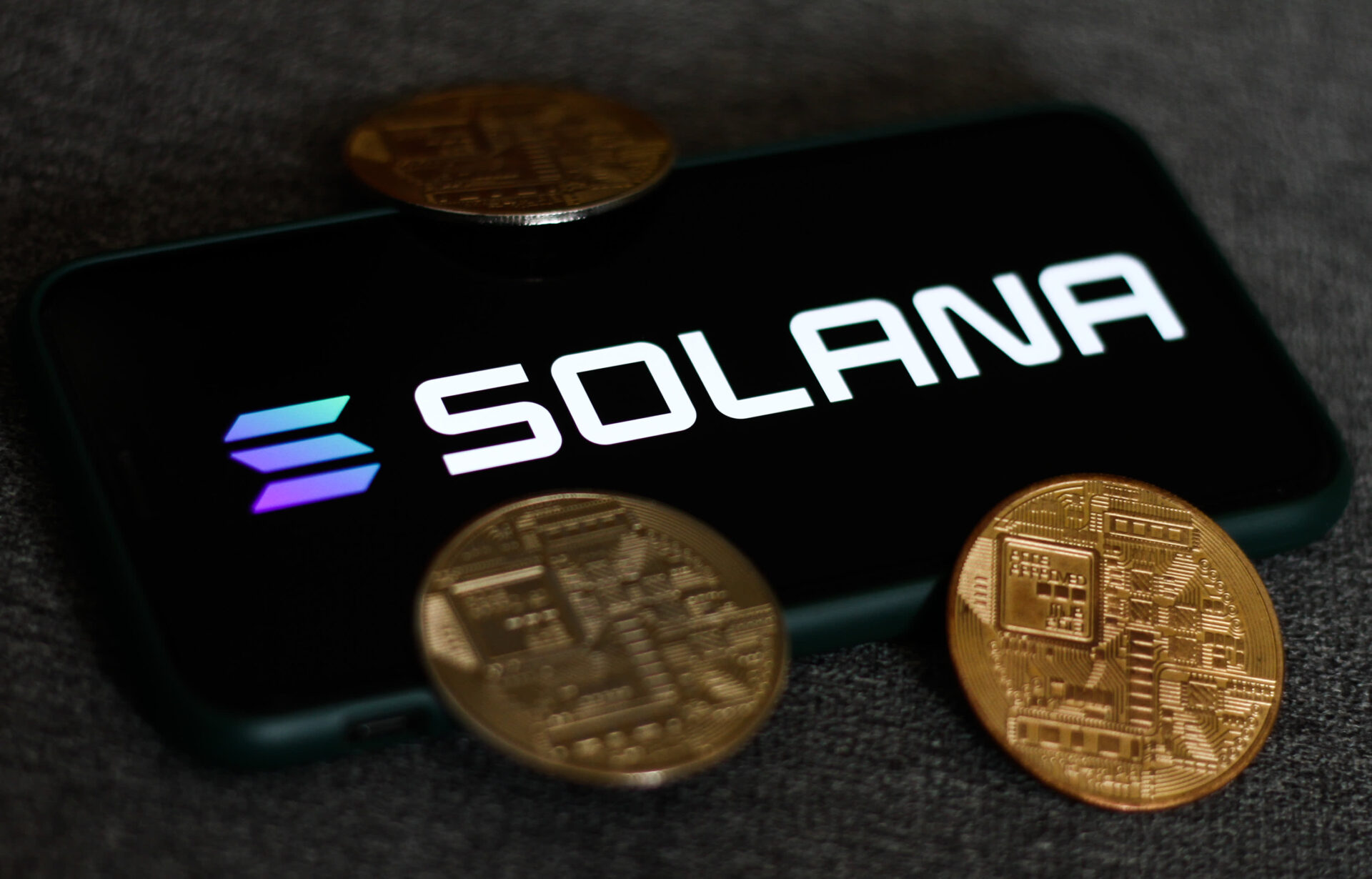 CaryptosHeadlines Media Has Launched Its Native Token CHT.
Airdrop Is Live For Everyone, Claim Instant 5000 CHT Tokens Worth Of $50 USDT.
Join the Airdrop at the official website,
CryptosHeadlinesToken.com
CaryptosHeadlines Media Has Launched Its Native Token CHT.
Airdrop Is Live For Everyone, Claim Instant 5000 CHT Tokens Worth Of $50 USDT.
Join the Airdrop at the official website,
CryptosHeadlinesToken.com
- Ethereum’s Privacy Pools enable anonymous transactions while blocking funds tied to criminal groups like Lazarus, balancing privacy and compliance.
- The non-custodial tool sets initial deposit limits (0.1–1 ETH) to monitor usage before expanding access for broader adoption.
Ethereum has introduced a new tool called Privacy Pools, designed to let users transact anonymously while preventing access to funds linked to criminal activity. The feature, developed by firm Oxbow, allows individuals to send payments or donations without exposing their wallet identities or balances. Unlike older privacy tools, Privacy Pools actively blocks transactions tied to groups like the Lazarus Group, which have used similar services to launder stolen funds.
gm Ethereum
It is our great honor to announce the mainnet launch of Privacy Pools!
ETH users can now achieve on-chain privacy, while still dissociating from illicit funds
It is now up to all of us to Make Privacy Normal Again
More info in this thread
pic.twitter.com/3nJO0AxoD1
— 0xbow.io (@0xbowio) March 31, 2025
The protocol operates without holding user assets, giving individuals direct control. Initial deposit limits range from 0.1 to 1 ETH ($186–$1,800), with plans to increase these thresholds after monitoring early usage. Oxbow stated the goal is to normalize privacy without compromising security, urging users to “Make Privacy Normal Again.”
Privacy Tools are not new to Ethereum
Mixers like Tornado Cash and Railgun have long masked transaction details, but Tornado Cash faced legal challenges after authorities found it facilitated laundering by criminal networks. Privacy Pools aims to address this by filtering out illicit activity. Ethereum co-founder Vitalik Buterin, who has publicly supported such tools and used Railgun, tested the new protocol.
Despite the upgrade, Ethereum’s market mood remains subdued. ETHNews data shows negative investor sentiment since February, with social media mentions hitting lows in March. This lack of engagement has kept ETH prices below $2,000, and analysts warn of a potential drop to $1,600 if demand stays weak.
The muted reaction contrasts with expectations that privacy improvements might boost confidence. ETHNews suggest broader economic factors or regulatory uncertainties could overshadow technical updates. Meanwhile, Privacy Pools’ success hinges on adoption and regulatory acceptance, as authorities remain wary of tools that could enable financial crime.
Ethereum’s balancing act—advancing privacy while complying with oversight—reflects a broader challenge in crypto. While Privacy Pools offers a middle ground, its impact on ETH’s value or user trust remains unclear. For now, the market watches cautiously, weighing innovation against practical risks.

As of Tuesday, April 1, 2025, the current live price of Ethereum (ETH) is $1,887.20 USDT, reflecting a daily decline of −0.93%. Today’s trading range spans from $1,872.39 to $1,908.41, signaling low volatility after recent sessions of steep selling.

Over the past 7 days, ETH is down −8.81%, and in the last 30 days, it has dropped −25.17%. On a year-to-date basis, Ethereum has lost −43.55%, and over the past year, it has declined −46.22%, indicating that the bearish macro trend remains firmly intact.
ETH is currently attempting to hold support above the $1,870 zone. If this level fails to hold, the next key support level lies around $1,800–$1,750, which could attract dip-buyers.
On the upside, the immediate resistance level is at $1,950, and a break above that could open room toward $2,000–$2,050. However, technical momentum remains weak: the MACD is bearish, and the RSI continues to hover near the oversold boundary, suggesting that ETH might require a consolidation phase before any potential reversal.

In short, Ethereum is still under heavy selling pressure and remains vulnerable to further downside unless buyers step in with volume above the $1,900 resistance range.















